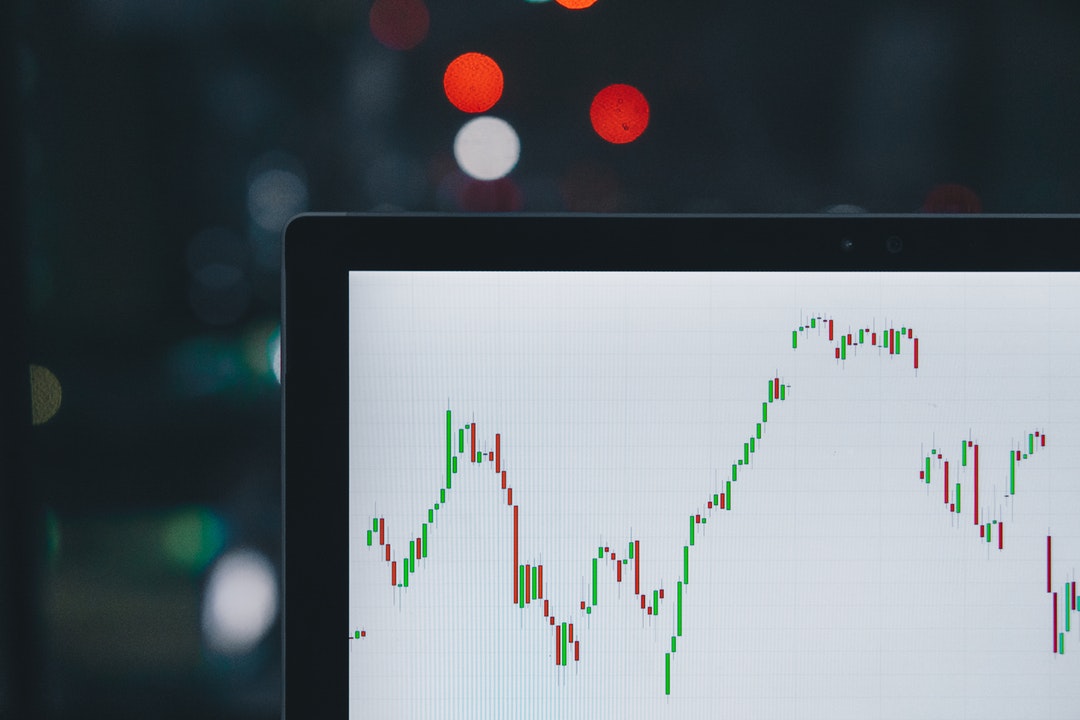As they begin to move into the mainstream, it has become clear that cryptocurrencies pose a unique set of regulatory and legal challenges for investors and regulation agencies alike. In the past week alone, two high-profile securities fraud cases tied to cryptocurrency have come to light, and the total number of enforcement actions by the…
Continue reading ›wins $11.5 million
against Morgan
Stanley, as reported
in Barrons















